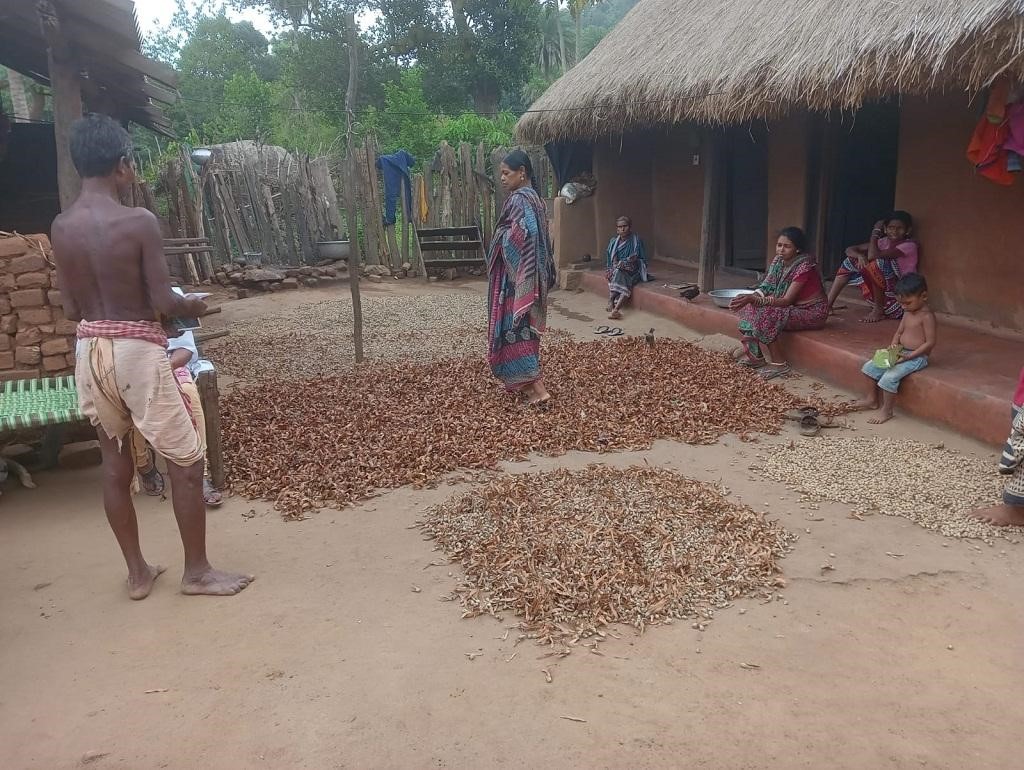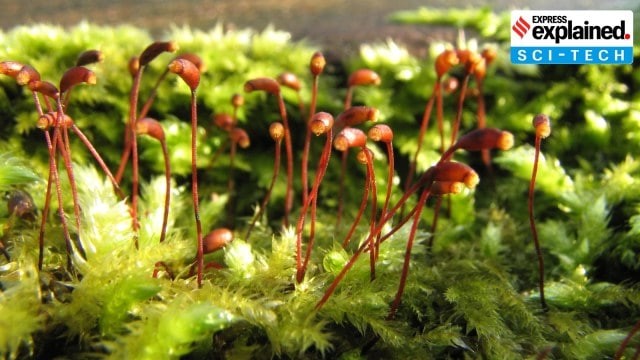





Disclaimer: Copyright infringement not intended.
Context
Details
|
About the sal tree
Evolution
Description
Distribution and habitat
Culture
Uses
|
PRACTICE QUESTION Q) Give an account of the cultural significance of the Sal tree in the Indian subcontinent. (250 words) |







© 2025 iasgyan. All right reserved